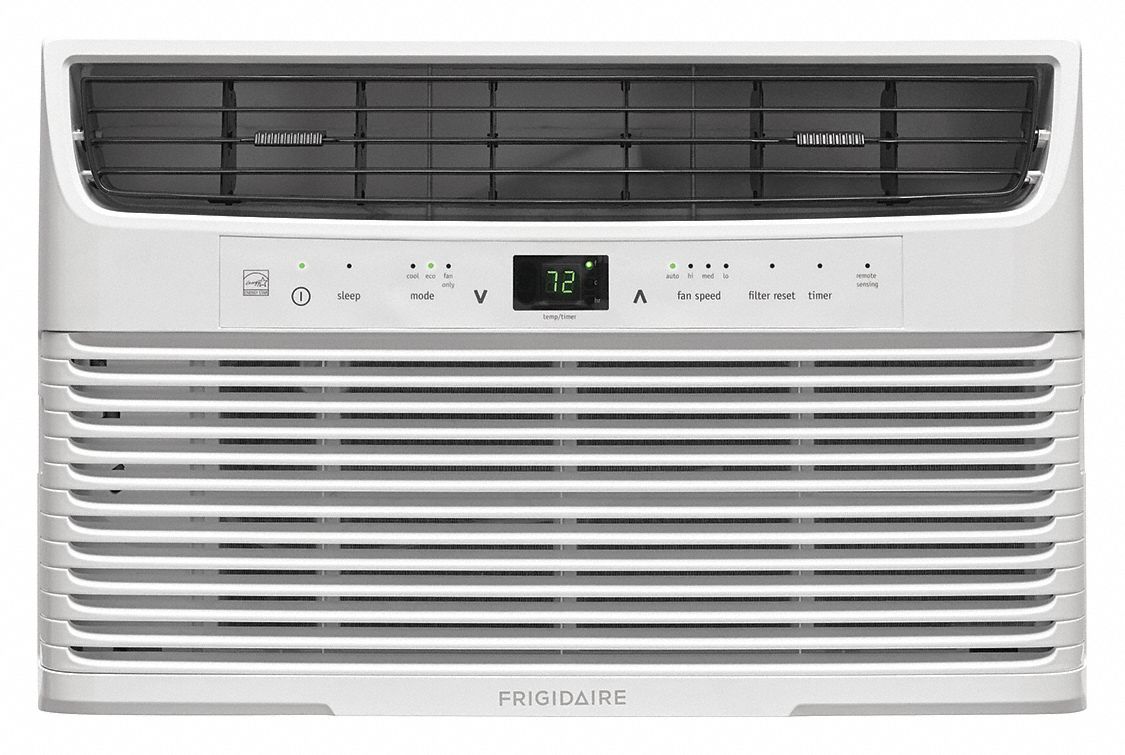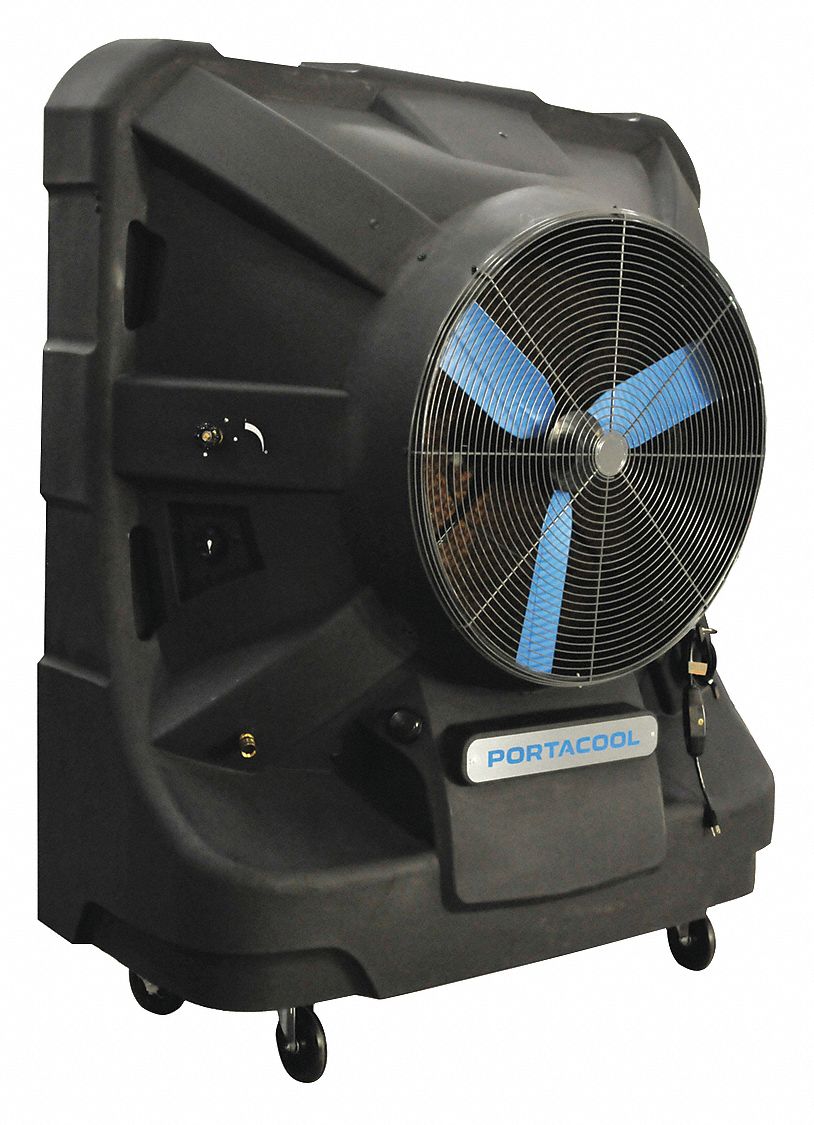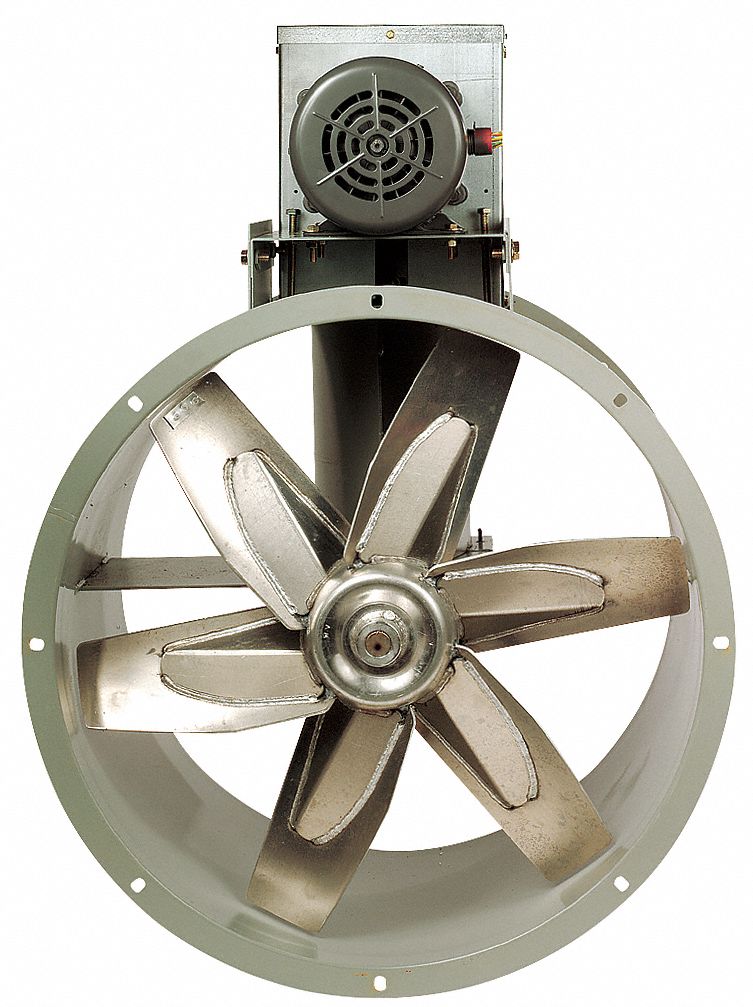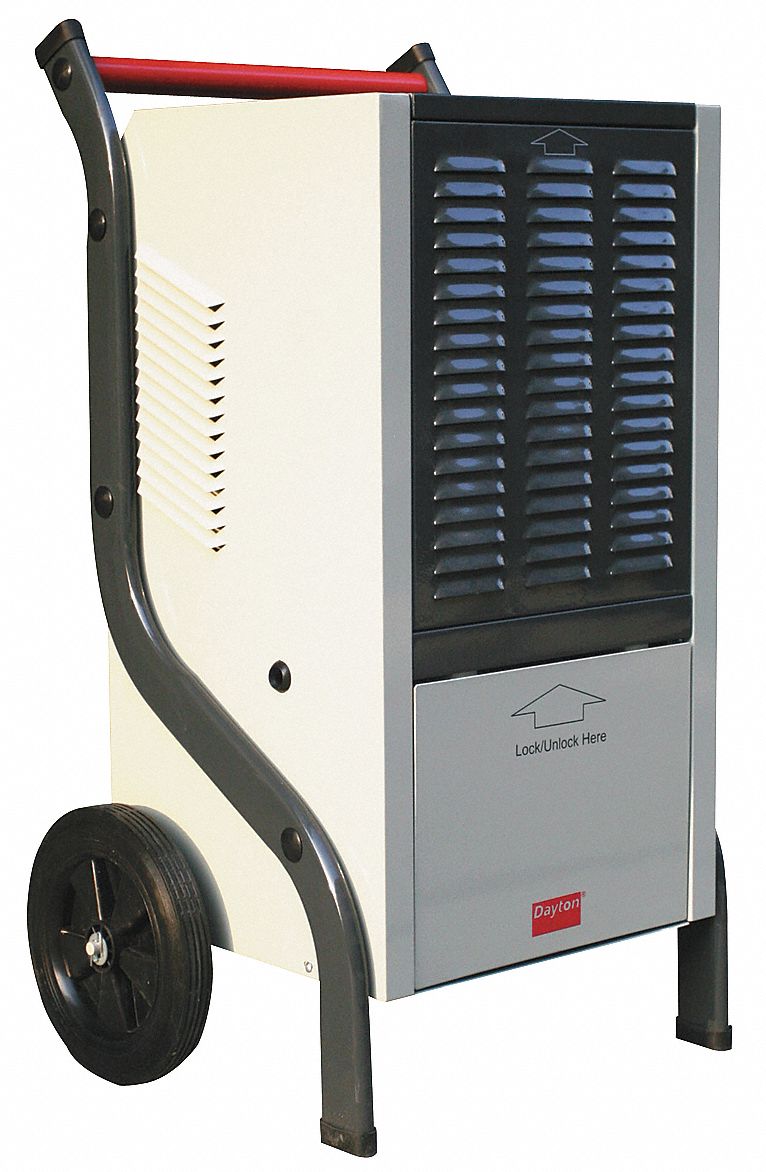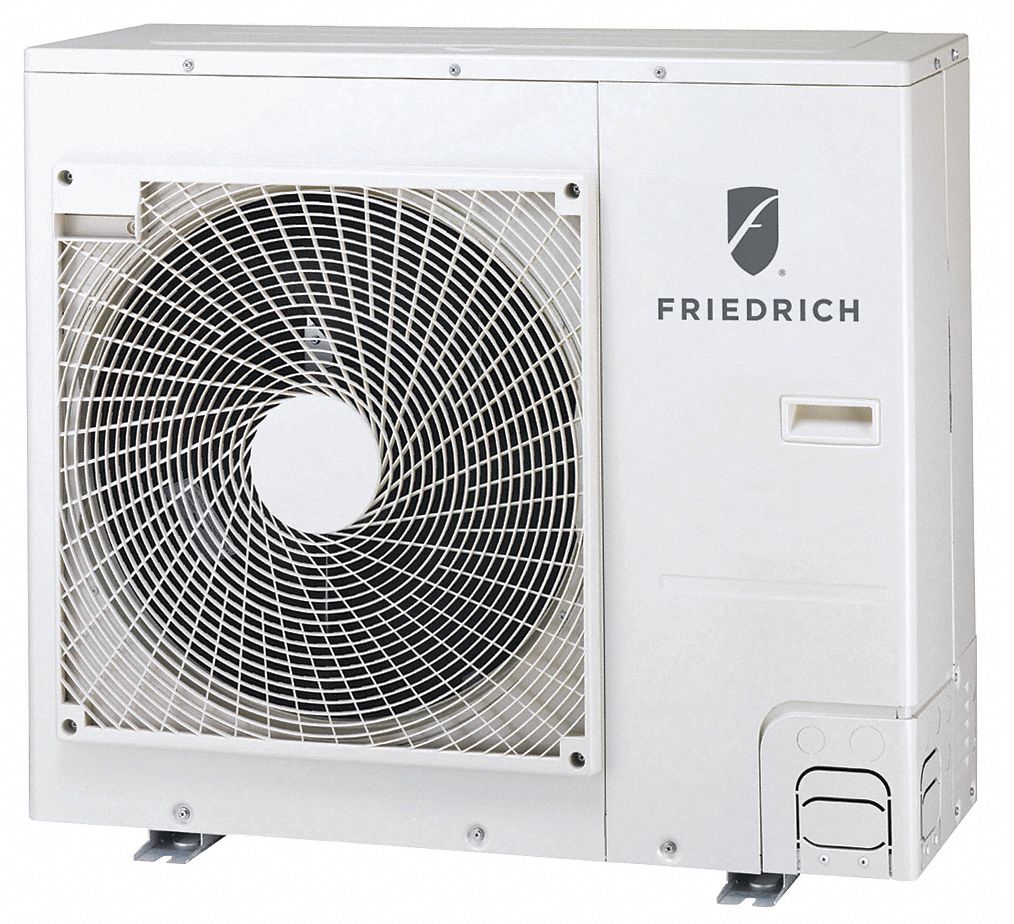

Types of Door Weatherstripping and Thresholds
By Grainger Editorial Staff 4/4/22


A draft of any kind whether from a door, window or anywhere else is a sure sign of energy loss. If you are noticing drafts anywhere in your facility, it's probably a good time to audit how well window and door seals are holding up throughout the building.
Weatherstripping and sealing are used to protect your facility from outdoor elements that can impact indoor air quality. These seals also work to prevent the costly leakage of heated indoor air. Weatherstripping is typically used around moving building components like windows and doors. Over time, window and door seals can break down from aging, day-to-day wear and tear and weather. Once a seal is compromised, the breakdown of these materials will allow air to escape, which will eventually show up in your energy bill. According to This Old House, a 1/8-inch gap around your door could be equivalent to drilling a 5 1/2-inch diameter hole in an outside wall.
There are many choices for weatherstripping and sealing, so a little research can pay off in time, effort and money. For example, how do you know what material you need? How long should the replacement stripping be expected to last? The different types of weatherstripping are meant for different applications. Replacing your weatherstripping can be a pretty straightforward process, and if you're strategic about it, you might be able to do it economically as well.
So how do you choose the right weatherstripping? Here's a look at some of the more common weatherstripping and threshold types.
5 Common Weatherstripping Types
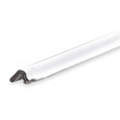
1. V Strip is also known as tension seal. V strip is a durable, self-stick plastic or metal strip folded into a 'V' shape that springs open to bridge gaps. Energy.gov recommends using V strips on the inside track of a double-hung or sliding window or along the top and sides of the door.

2. Felt is sold in rolls and comes either plain or reinforced with a metal strip. It's generally less expensive, but may only last a year or two, depending on where it's used. Felt can be a great option for those places that don't get as much traffic. Place felt stripping around the door in the jamb so it compresses when the door is closed.
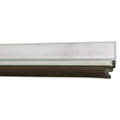
3. Reinforced Foam is made from open- or closed-cell foam, or ethylene propylene diene monomer (EPDM) rubber with a sticky back. It comes in a variety of widths and thicknesses, so it's ideal for odd-shaped cracks. Reinforced foam easily adheres to the inside of the door frame.
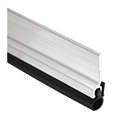
4. Cellular Rubber, Vinyl or Silicone is typically made of a narrow sponge of rubber or vinyl tubing that comes attached to a wood or metal mounting strip. Silicone types are usually inserted into milled grooves. It is installed at the base of doors or the bottom of a door; between a door and its jamb.
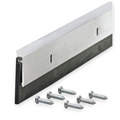
5. Door Sweeps are flat pieces of plastic aluminum or stainless steel fastened to a strip of nylon, plastic or vinyl, or a sponge brush to fill any gap between the door and the threshold. A door sweep is placed along the bottom of the door on the inside.
Door thresholds not only help keep drafts, dirt, moisture and insects out, they are also the first step in weatherproofing your entrance. Thresholds can wear out over time due to foot traffic and outdoor exposure. Even a tiny gap under your door frame can cause significant air leakage. Thresholds are usually made of aluminum or wood and come in different sizes, styles and finishes. Typically, if you have an aluminum threshold, you would replace with aluminum. If you have wood, replace it with wood. Thresholds can be categorized into one of four basic types:
4 Types of Door Thresholds

1. Saddle-type Thresholds are the most common. When used with a door sweep, this threshold becomes more effective limiting air flow as well as water and dust. The height of the saddle should close the gap between the floor and the bottom of the door within an eighth of an inch.
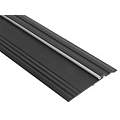
2. Panic-type Thresholds are typically used for doors that swing out. This type of threshold is designed for the vertical rod of the door so it engages. It also provides weatherproofing protection at the bottom of the door.

3. Interlocking-type Thresholds are ideal for buildings that might have specific requirements concerning in-swinging doors that are exposed to the elements. These thresholds have an "L" or "J" hook on the bottom of the door that interlocks with the threshold itself. These thresholds are also ideal for exterior, out-swinging doors when they are flush with the building's face and have no overhang protection.

4. Vinyl-type Thresholds are similar to saddle type thresholds except that there's a strip of vinyl inserted across the top of the saddle for a more effective seal. The vinyl can wear out if placed in high traffic areas so sometimes putting the vinyl on the bottom of the door is more feasible to prolong the life of the vinyl.
Once you've installed the weatherstripping and threshold, it's a good idea to test the door and make sure that it closes and locks easily. This should be done regularly to check for changes in the door adjustment or weatherstripping and threshold.
Any time you notice drafts around windows and doors, it's time to check your weatherstripping and thresholds.
Grainger offers a wide selection of door weatherstripping and door threshold products.
Get more building maintenance tips and know how here.
The information contained in this article is intended for general information purposes only and is based on information available as of the initial date of publication. No representation is made that the information or references are complete or remain current. This article is not a substitute for review of current applicable government regulations, industry standards, or other standards specific to your business and/or activities and should not be construed as legal advice or opinion. Readers with specific questions should refer to the applicable standards or consult with an attorney.

